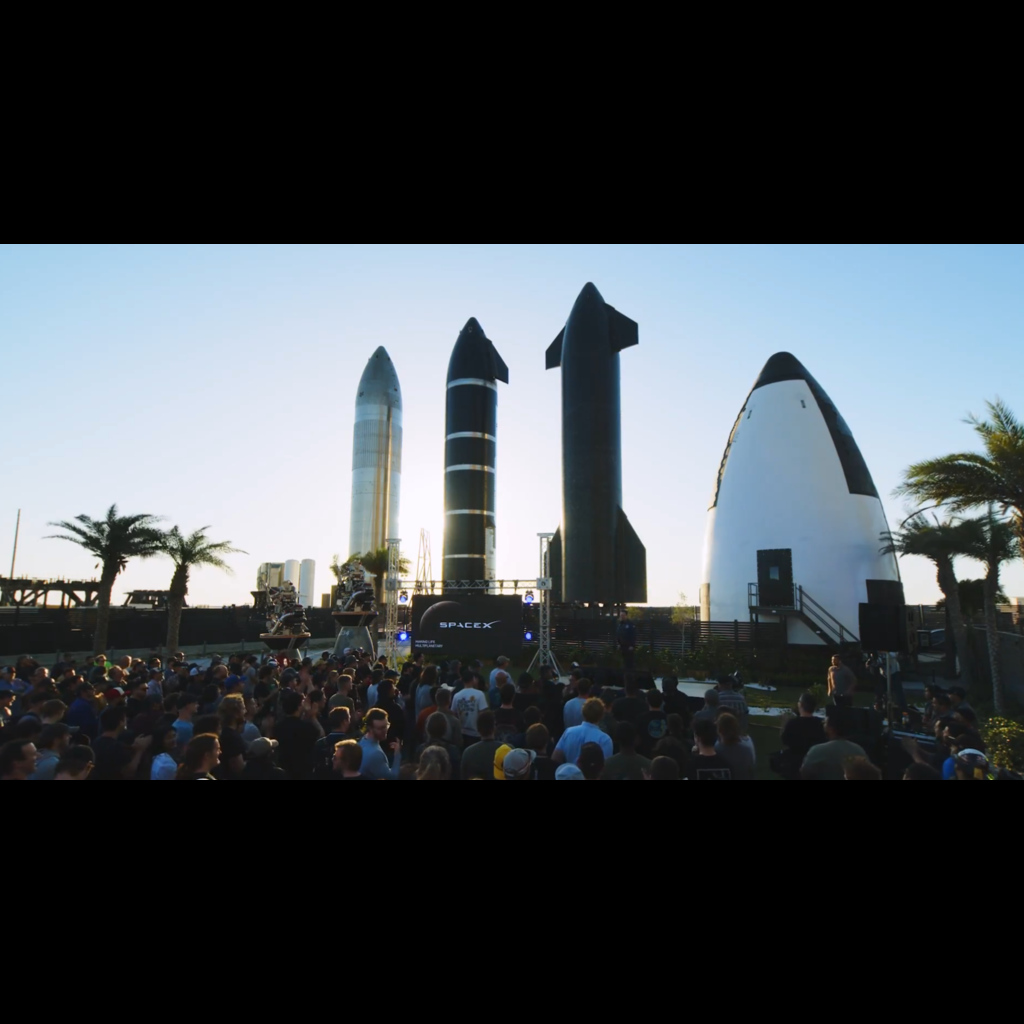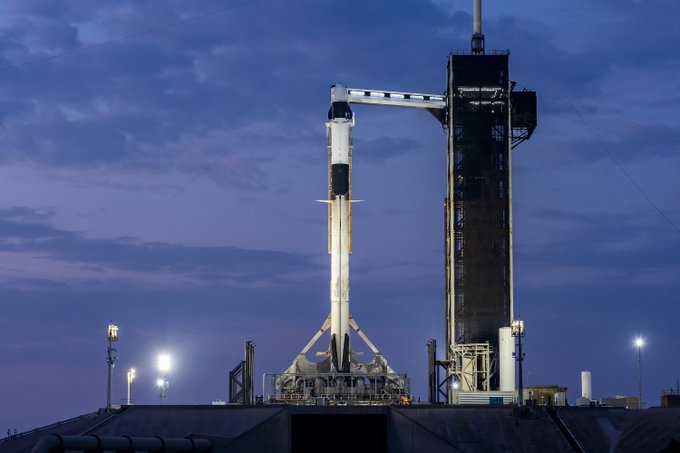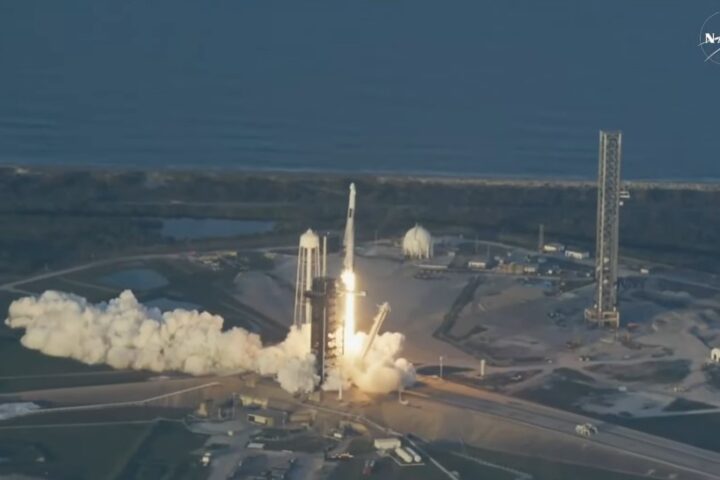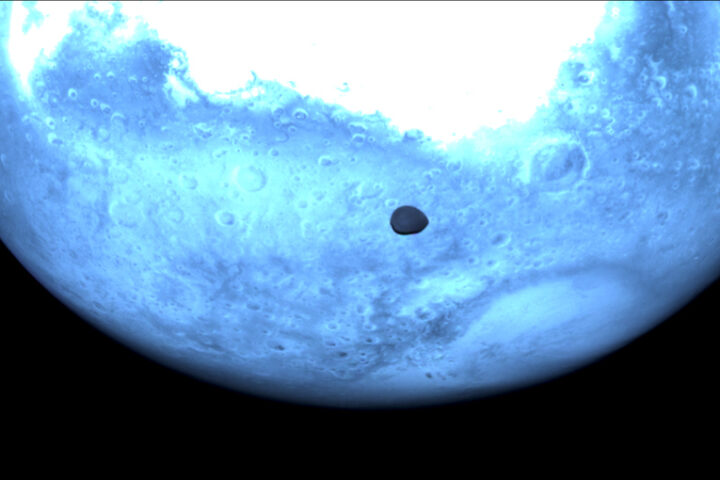Elon Musk’s SpaceX, the aerospace company, is currently experiencing its prime. It has managed to find a balance—at least theoretically—between powerful space launches and cost reduction. That’s why they created the Starship, a rocket that currently stands as the most powerful ever created. This time, the South African-American tycoon announced his company’s plans to build its own space base on the Moon, called Moonbase Alpha. This revelation puts NASA in a peculiar position, as SpaceX seeks to establish its own lunar enclave using a fleet of Starship HLS spacecraft.
Although, it’s no surprise that Starship has been chosen by NASA to transport humans to the Moon in the Artemis missions, scheduled for 2026. This is a reusable vehicle, designed for long-duration missions and heavy cargo transport.
The problem? Starship is still a dream in development. Recently, it completed its third test flight, during which the spacecraft successfully took off and correctly separated from its first stage. Although the spacecraft and the booster that propelled it to orbital speed were lost, the mission achieved its goal, and the engineers behind the feat managed to gather enough information to further improve it.
Following Elon Musk’s announcement about the future of Starship, it’s clear that SpaceX will not stop until it takes space exploration to new interplanetary heights. The reason? In a talk at Starbase, which was also broadcast on X, Musk detailed the advancements expected for Starship 2 and Starship 3, promising enhanced capabilities that will surpass those of the current version.
In simple terms, the current Starship stands at an impressive 121.3 meters tall and can launch between 40 and 50 tons to low Earth orbit, setting a new standard in terms of design and functionality.
The next versions, however, aim to double and even quadruple these capabilities: Starship 2, at 124.4 meters tall with a capacity for more than 100 tons of cargo, and the even more ambitious Starship 3, which will reach 150 meters with a cargo capacity of over 200 tons, both under development.
These upgrades will be in terms of dimensions, cargo capacities, performance, and also in terms of aerodynamic surfaces and Raptor engines. The Raptor 2, already in use, has proven to be simpler and more reliable than its predecessor, but the future Raptor 3 is expected to offer even greater efficiency and simplicity in design.
As expected, with such ambitions, SpaceX will not stop at launching to Earth’s orbit. Musk’s vision is to make humanity a “multiplanetary species,” starting with the colonization of Mars.
For this, Starship 3 is considered crucial, providing the necessary infrastructure to launch regular missions to the Red Planet and taking advantage of the launch windows every 26 months, when the alignment between Earth and Mars is optimal.
In fact, to achieve this goal, the company plans to significantly increase its production pace: they project to build one Starship per day and conduct up to 10 launches daily from floating platforms in the ocean.
About the Moon, Musk outlined plans for a lunar base, “Moonbase Alpha,” which will use fleets of Starship HLS (Human Landing System) for permanent lunar operations. Moonbase Alpha alludes to the British science fiction series “Space: 1999” from the 1970s. Nevertheless, the project’s specifics, such as its schedule or the precise capabilities of the upcoming Starship versions (Starship 2 and 3), have not yet been made public.
Moonbase Alpha would become a vital node for SpaceX’s space operations, serving as a starting and arrival point for lunar missions. Musk’s plans are obviously beyond the Moon and focuses more on the ultimate goal: the colonization of Mars.
During the talk, Musk also emphasized the importance of in-orbit booster transfer, a critical component for lunar and Martian missions. The docking capability between Starships will enable refueling and oxidizer transfer, essential for journeys beyond Earth orbit.
As per Musk, the Starships traveling to Mars will initially not return to Earth and that most Martian colonists will remain on the Red Planet, using the available resources to build and maintain the self-sustaining city. This perspective raises questions about the long-term viability of colonization and the logistics of support from Earth.
For now, the fourth test flight of Starship is scheduled for mid-May, using Starship 29 and Booster 11, both recently tested successfully. This flight will attempt to achieve a controlled landing of the Super Heavy booster in the Gulf of Mexico, a crucial step towards reusing the booster, with Musk estimating an 80-90% chance of achieving this within the year.

















